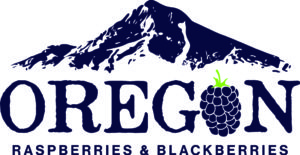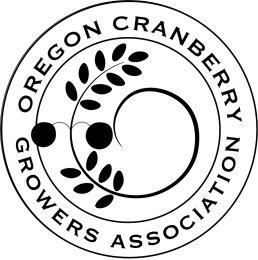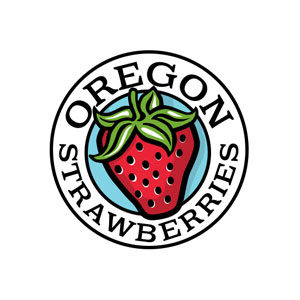Attraction and retention of beneficial insects through enhanced plant biodiversity in irrigated vineyards (Vitis vinifera L.)
- Research Status: Project completed 2006-2009




The success of both integrated pest management and organic production is critically dependent on naturally occurring insect biological control agents. Numerous studies (including some in vineyard systems) have indicated that populations of beneficial insects can be increased by increasing plant diversity (e.g., through cover cropping). Research targeted specifically at the situation in eastern Washington irrigated vineyards is therefore urgently needed.
This study examined four different cover crop treatments on key pest and beneficial insects in irrigated vineyards and assessed the agronomic performance of the cover crops to determine the most appropriate species for use in such situations. Emphasis was placed on determining the effect of the cover crops on the populations of key pest species and the beneficials associated with them. The pest species of particular interest included spider mites, cutworms, leaf hoppers, and mealybugs.
Vincent, C., et al., Biodiversity in a cool-climate vineyard: A case study from Quebec. 2021. Insects. 12(8):750. Online:










